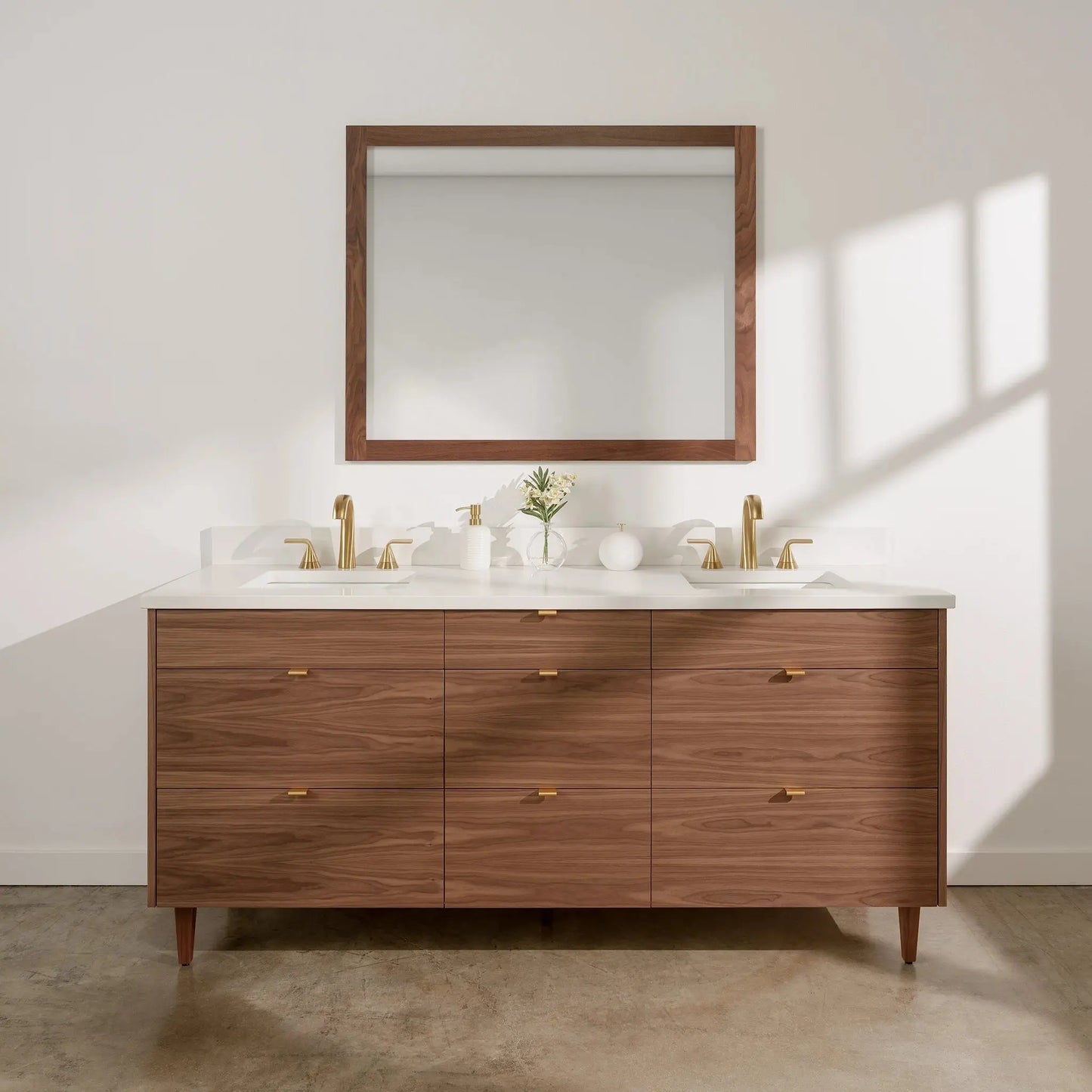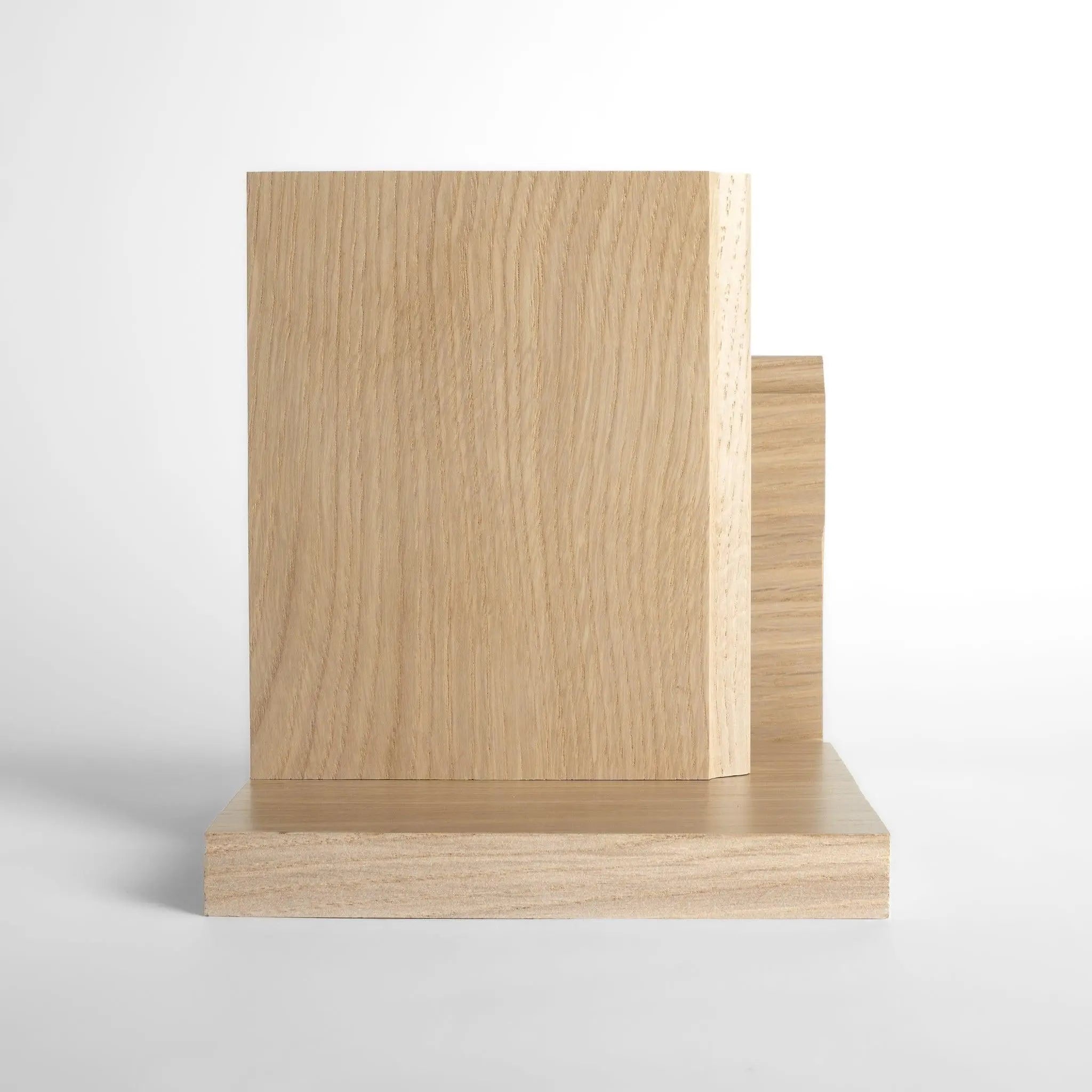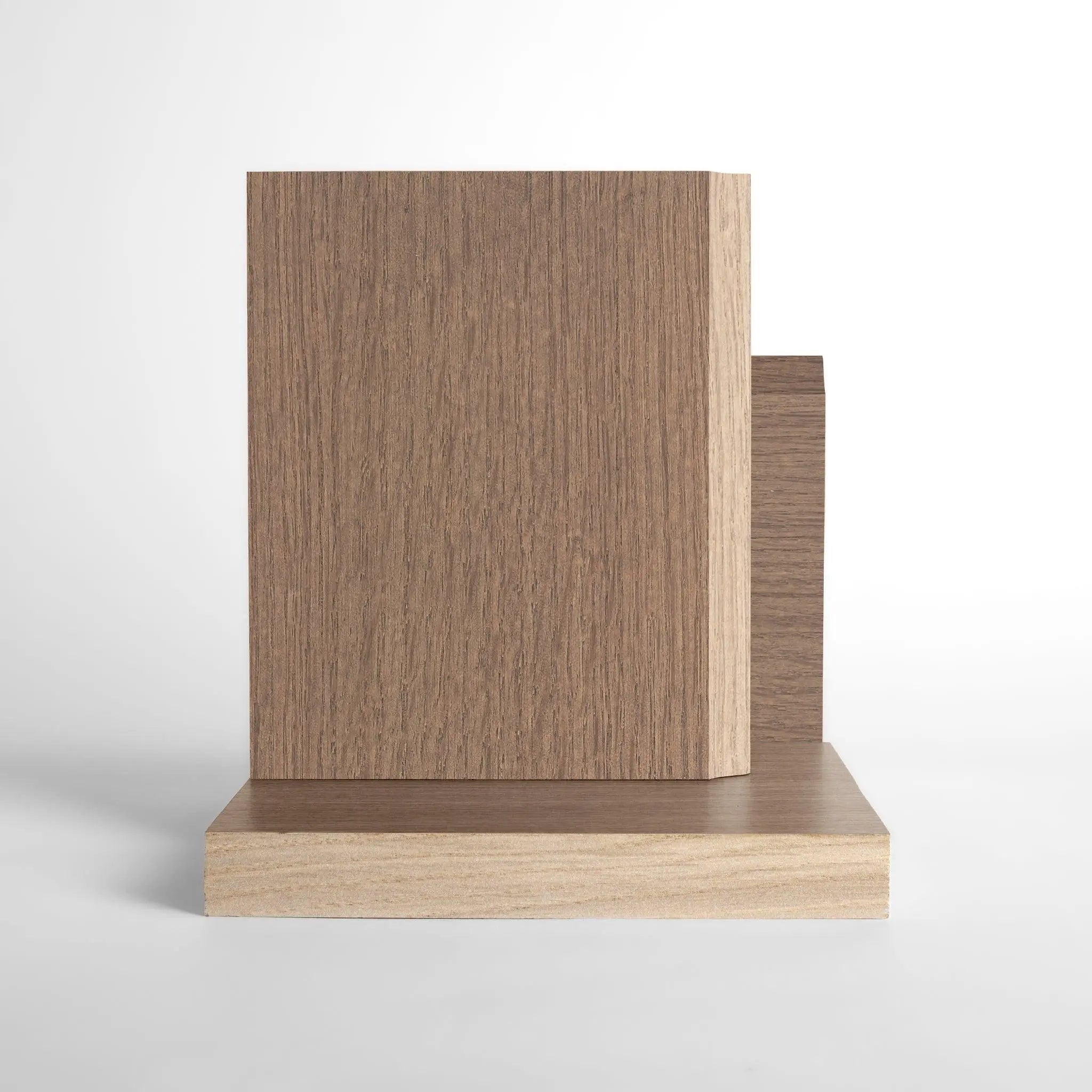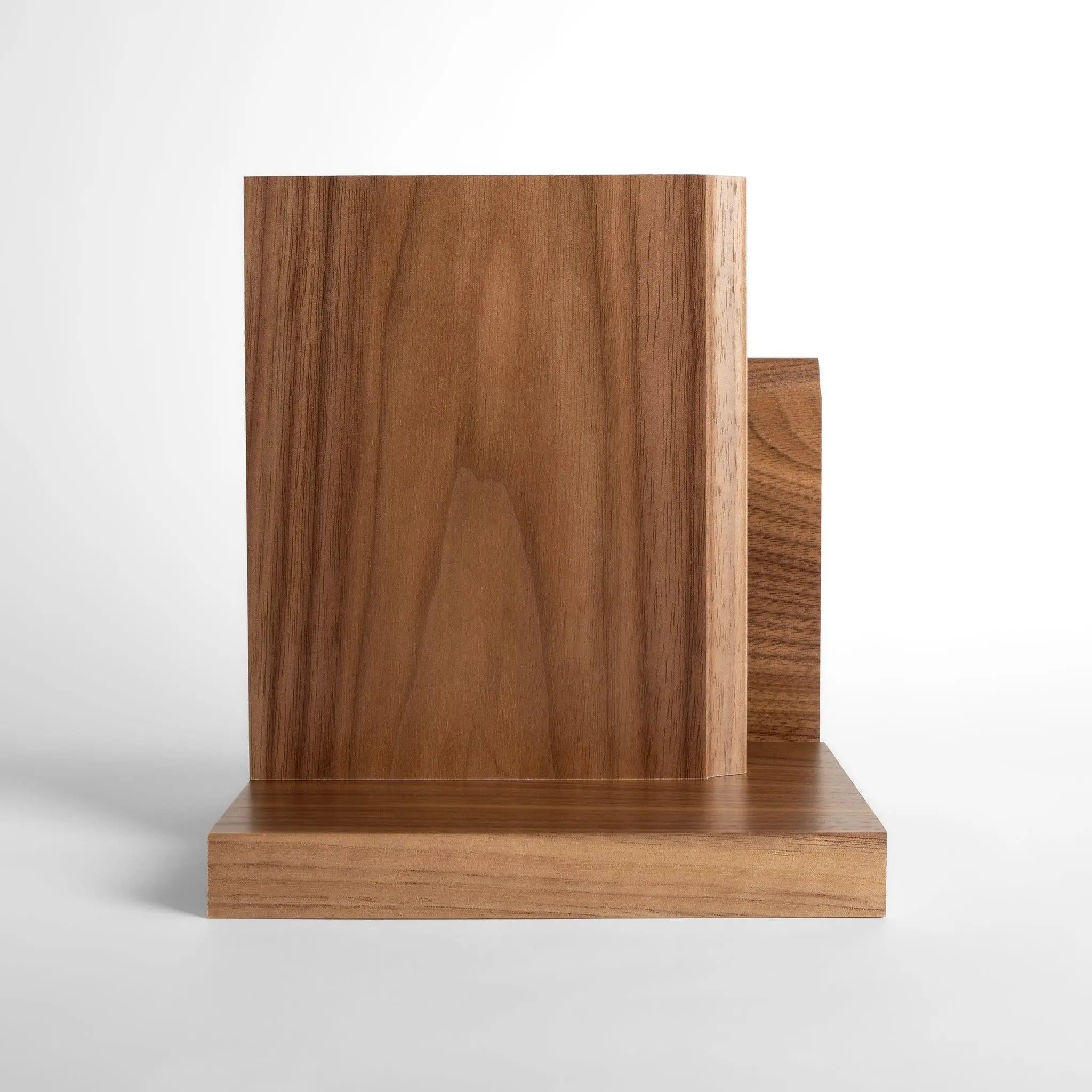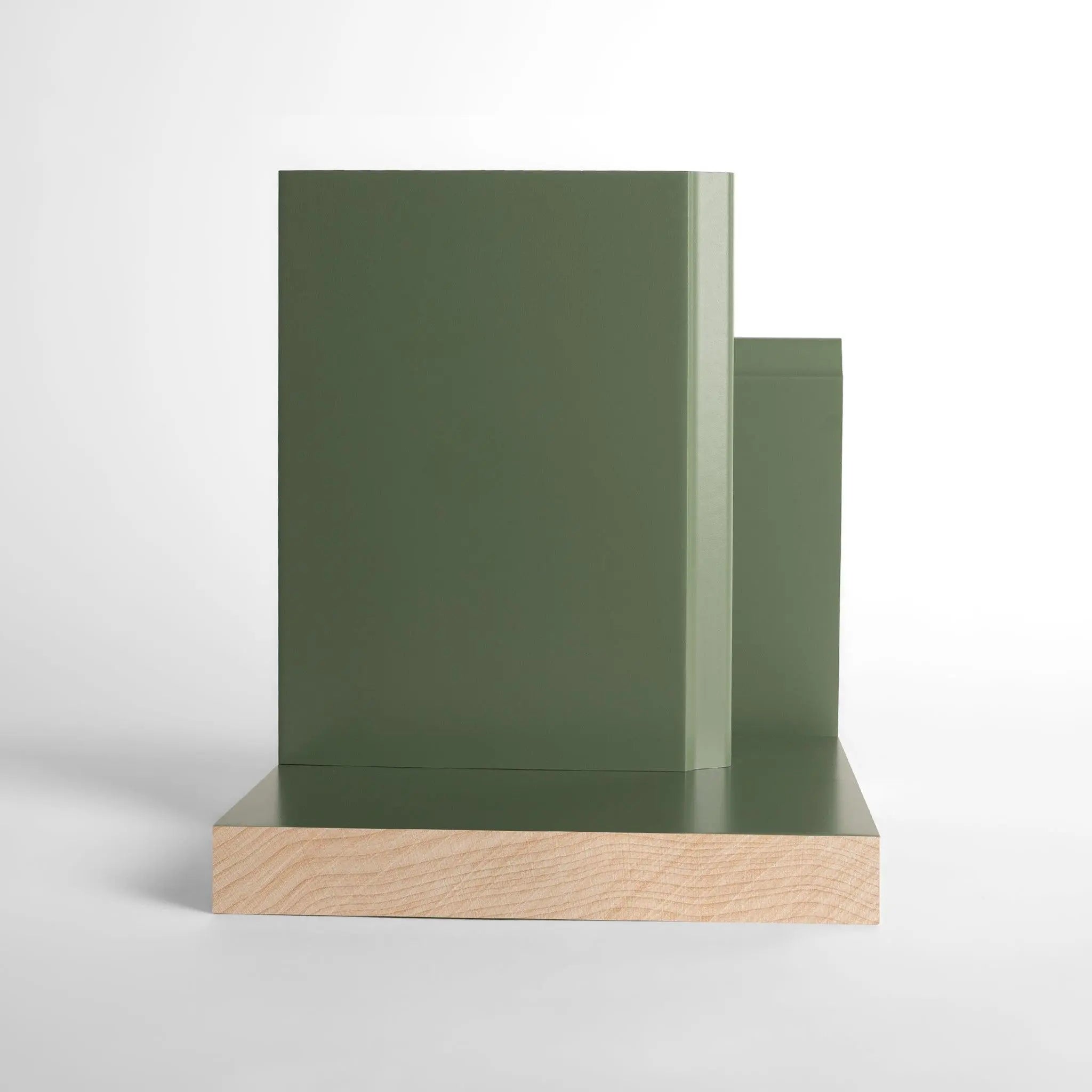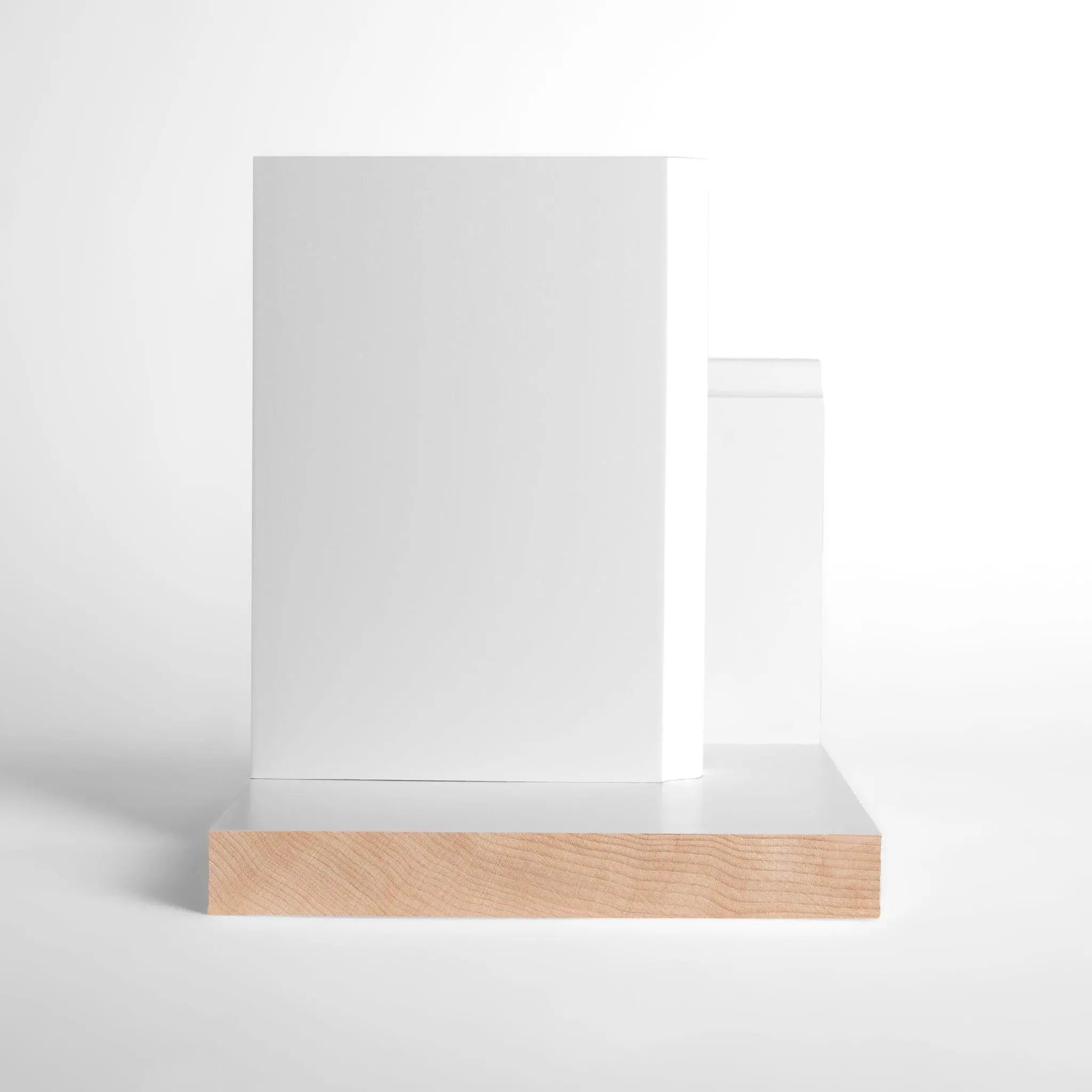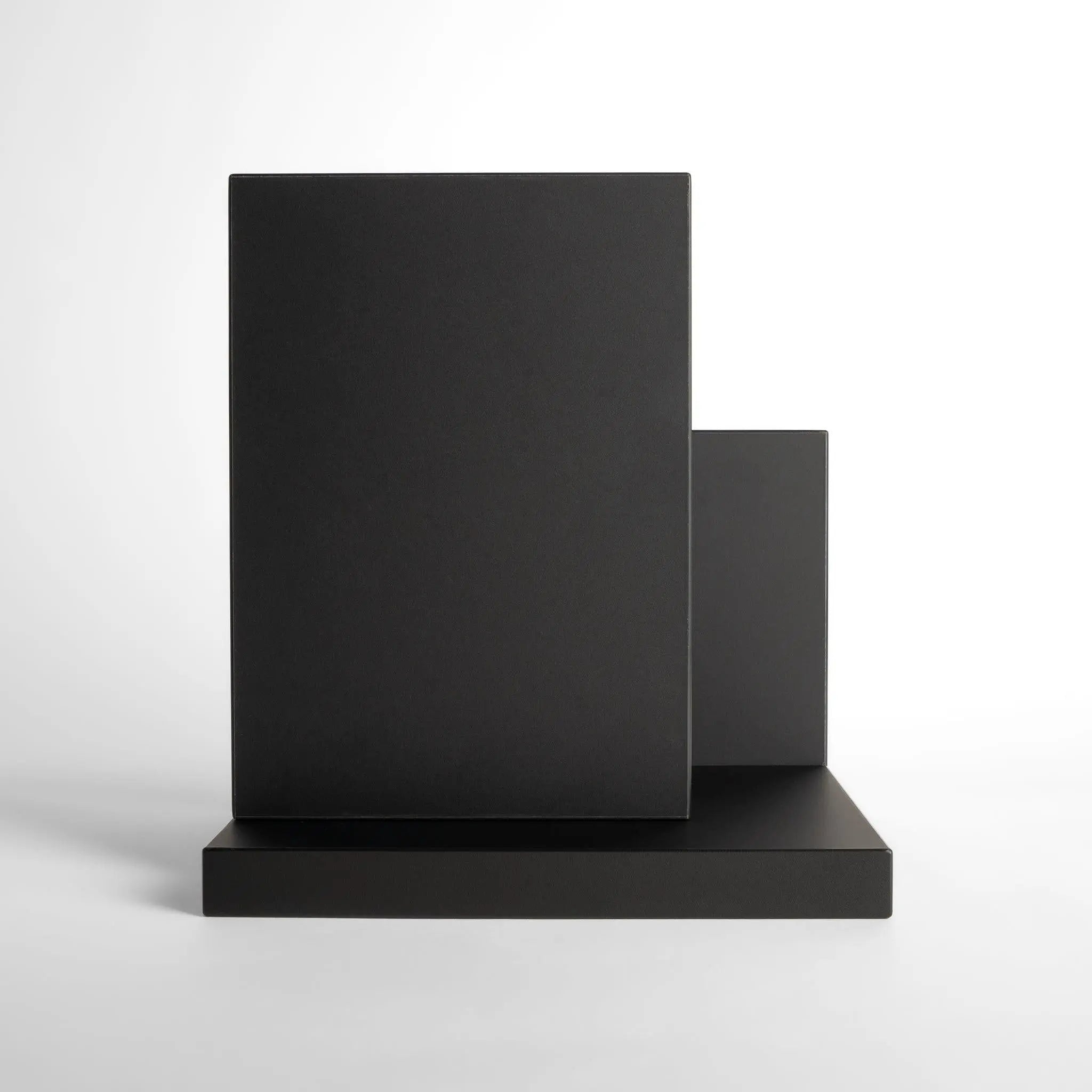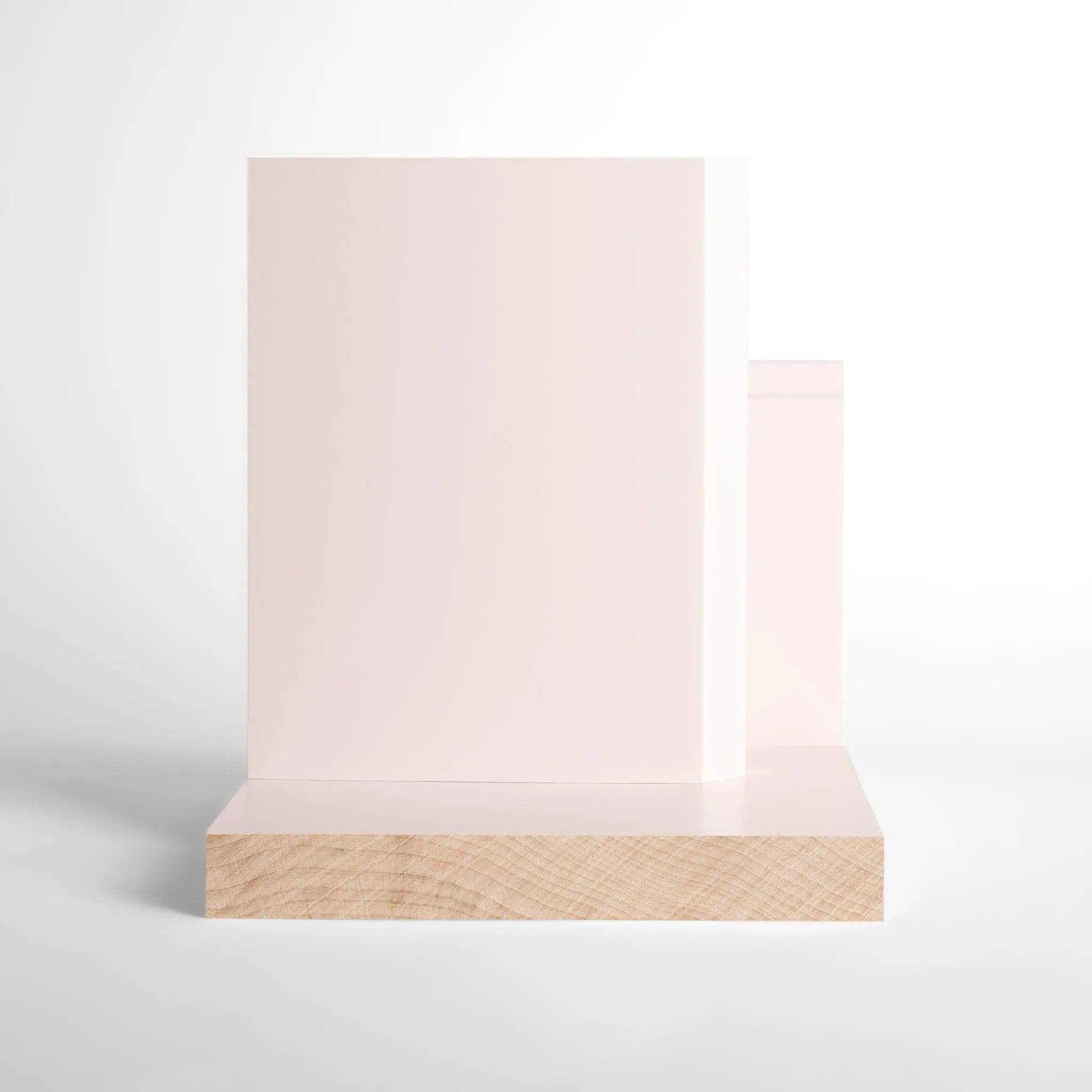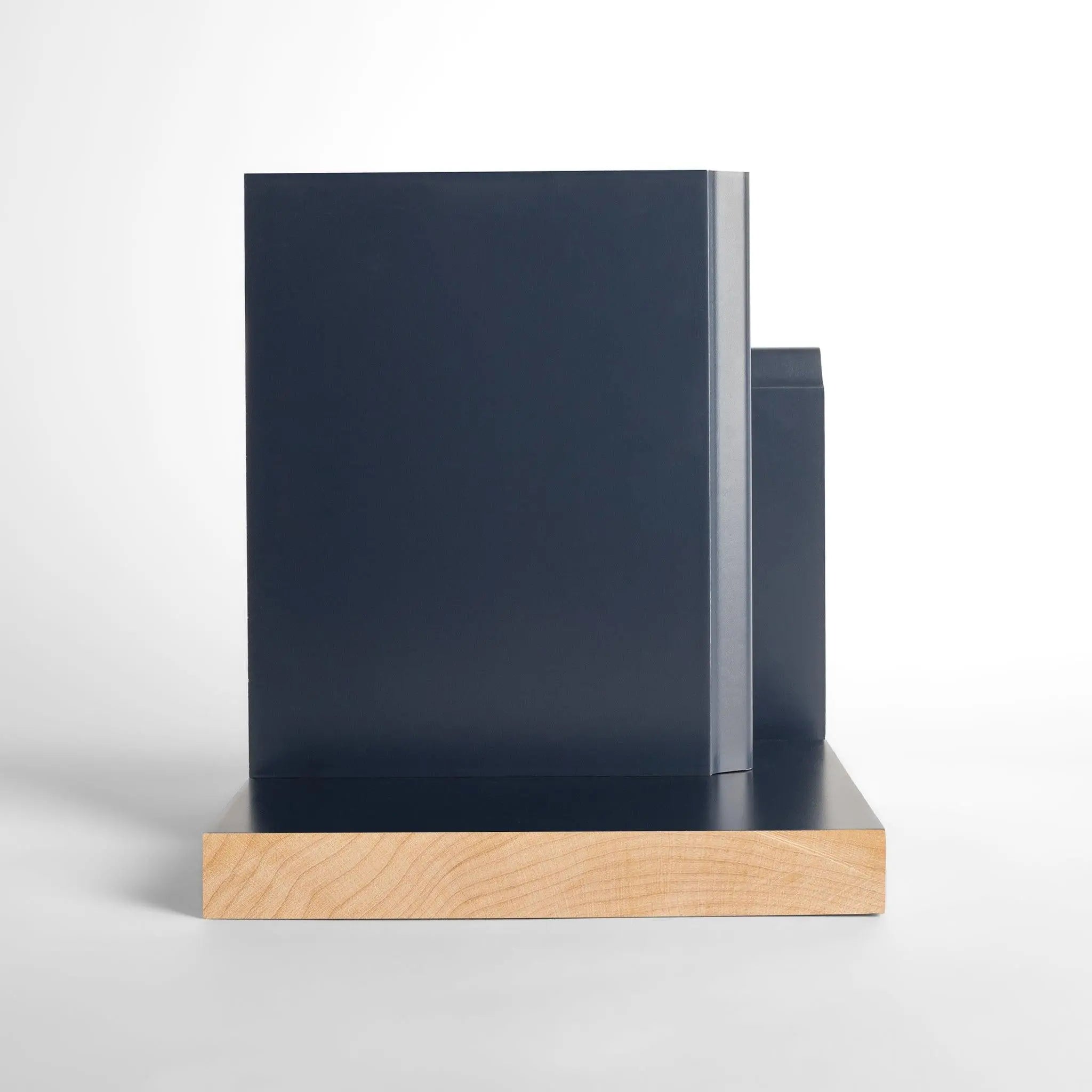How to Choose the Right Bathroom Vanity: Size, Sink, Style & Finish Guide
Choosing a bathroom vanity isn’t just about how it looks. It’s about creating a space that works better every day. The right bathroom vanity gives you the storage you need and complements your space.
This guide breaks down the key decisions: size, sink options, style, and finishes. You’ll find quick answers up front, with more detail if you want to dive in.
What we’ll cover
- What size bathroom vanity do I need? Find the right width for small, medium, and large bathrooms.
- Single or double sink? Decide based on your routine and space.
- Which vanity style fits my bathroom? Compare floating, freestanding, modern, mid century, and traditional looks.
- How do I choose colour, finish, and materials? Learn what works best together.
- FAQs: Answers to common questions on installation, materials, and care.
What size bathroom vanity do I need?
For small bathrooms, choose a 24–36" vanity. A 48–60" vanity fits most standard primary bathrooms. For shared or luxury spaces, go with 72" or larger.
Details:
- 24–36 inches: Best for small bathrooms, powder rooms, or guest spaces.
- 48–60 inches: Good for most standard ensuites or full-size Canadian bathrooms.
- 72 inches and up: Designed for shared use or larger, high-end spaces.
Tip: Measure your space before buying. Make sure there’s enough room in front for doors and drawers to open easily.
Should I choose a single or double sink vanity?
A single sink suits smaller bathrooms or solo use. A double sink adds convenience in shared or busy homes.
Details:
- Single sink: Offers more counter space and storage. A good fit for powder rooms or smaller ensuites.
- Double sink: Allows two people to use the vanity at once. Needs more room and may require extra plumbing.
Tip: Check your plumbing setup before upgrading. Adjusting or adding new lines can increase installation costs.
Which vanity style fits my bathroom?
Floating vanities open up space. Freestanding styles add storage and a furniture-like feel. Choose modern, mid century, or traditional depending on your home’s style.
Details:
- Floating: Wall-mounted and airy, ideal for small bathrooms and modern spaces.
- Freestanding: With built-in storage. Easy to install and works well in Canadian homes, from urban condos to larger ensuites.
- Modern: Clean lines, flat fronts, minimal hardware. A good fit for contemporary homes.
- Mid century: Warm woods, tapered legs, subtle hardware for a retro-inspired look.
- Traditional: Raised panels, rich finishes, and classic detailing.
Tip: Coordinate your vanity with your floor, walls, and lighting for a cohesive feel.
How do I choose the best colour, finish, and material?
Light colours brighten a room; dark tones add contrast. Solid wood bases are durable and pair well with quartz countertops.
Details:
- Colour: Soft tones like sage green, champagne pink, and satin white feel bright and clean. Dark tones like black and blue add bold contrast.
- Finish: Natural woods such as white oak and walnut bring warmth and texture.
- Materials: Solid wood is strong and moisture-resistant, ideal for Canadian climates. Quartz is durable, low-maintenance, and comes in a wide range of colours. View stone swatches.
Tip: Choose finishes that complement other parts of the room, but don’t over-match.
Practical tips before you buy
- Plumbing: Check if the vanity’s sink aligns with your plumbing to avoid extra labour.
- Installation: Floating vanities must be anchored to wall studs. Freestanding options are usually simpler to install.
- Care: Follow care instructions. Seal wood surfaces regularly. Use non-abrasive cleaners for quartz or stone.
Choosing a vanity is about finding the right balance between how it works and how it looks. With the right size, sink setup, style, and finish, along with some planning around plumbing and care, you’ll end up with a bathroom that feels good to use every day.
Frequently asked questions
These are common questions we hear from customers planning their bathrooms in Canada.
Measure the width, depth, and height of your available space. Make sure there’s enough room in front for doors and drawers to open, and check your plumbing to avoid unexpected changes during installation.
Measure the width, depth, and height of your available space. Make sure there’s enough room in front for doors and drawers to open, and check your plumbing to avoid unexpected changes during installation.
Yes, if you have at least 60" of width and can adjust your plumbing. You may need a plumber to add extra lines.
Yes, if you have at least 60" of width and can adjust your plumbing. You may need a plumber to add extra lines.
Quartz is durable and low-maintenance. Granite and marble offer a more natural look but need regular sealing. Wood adds warmth but needs more care to handle moisture.
Quartz is durable and low-maintenance. Granite and marble offer a more natural look but need regular sealing. Wood adds warmth but needs more care to handle moisture.
Yes. Floating vanities must be mounted to wall studs or blocking. Professional installation is often recommended.
Yes. Floating vanities must be mounted to wall studs or blocking. Professional installation is often recommended.
